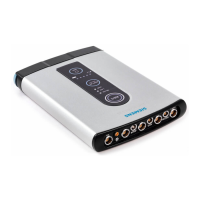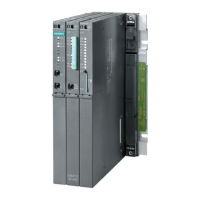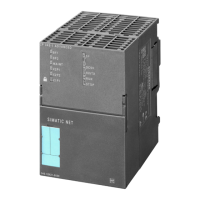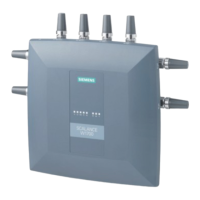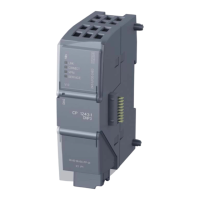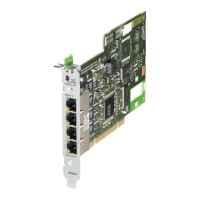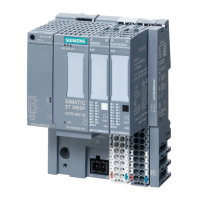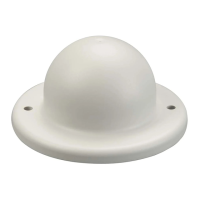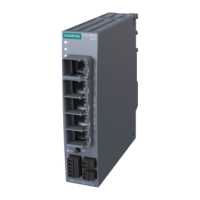Basics of communication with Industrial Ethernet
1.4 Switches and switched LANs
Industrial Ethernet
50 System Manual, 09/2019, C79000-G8976-C242-10
Technical basics
Time-critical IO communication is sent in EtherNet/IP using UDP as multicast, which
however results in a high network load. This can be eliminated in part by using managed
switches with "IGMP snooping". In addition to this, the field devices need to provide a high
computing power because the IP stack is used for IO data. Nodes are addressed using the
IP address and some standard technologies such as DHCP and BootP are also supported
by EtherNet/IP. For time synchronization, the Precision Time Protocol according to IEEE
1588 is used.
1.4 Switches and switched LANs
If a network needs to be divided into several (logical and physical) subunits, switches are
used at the connection points of the network sections.
Switches are active components that can receive and send at several ports independently.
There are equipped with intelligence that allows them to forward received messages only via
the port connected to the segment in which the actual addressee is located. This can be
connected directly to the port or via a further switch.
Since all direct connections are point-to-point and since the medium used allows full duplex
communication, it is no longer possible for collisions to occur.
Switched connection paths: "Shared LANs" and "Switched LANs"
"Shared LANs" are networks on which a message to be transmitted blocks the network for all
other nodes. In other words, there can only be one sender at any one time. A wireless
network is a simple example of such a shared LAN.
"Switched LANs" are set up using switches and are characterized by the connection paths
for each data packet being switched based on the target address. Different data packets can
be in transit in the network at the same time on different connection paths. The data packets
only run through segments that lead to the recipient. All the SCALANCE X products belong
to the products that operate according to the switching method and therefore create
"switched LANs".
Functions of switches
Essentially, switches have the following functions:
● Connection of subnetworks
Switches connect several collision domains. This allows extensive networks to be set up
with numerous nodes and simplifies network expansion. The distance covered depends
on the FO interfaces or electrical interfaces used in the devices. You will find information
on the achievable distances in the system manual Industrial Ethernet/PROFINET Passive
Network Components.
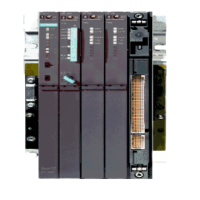
